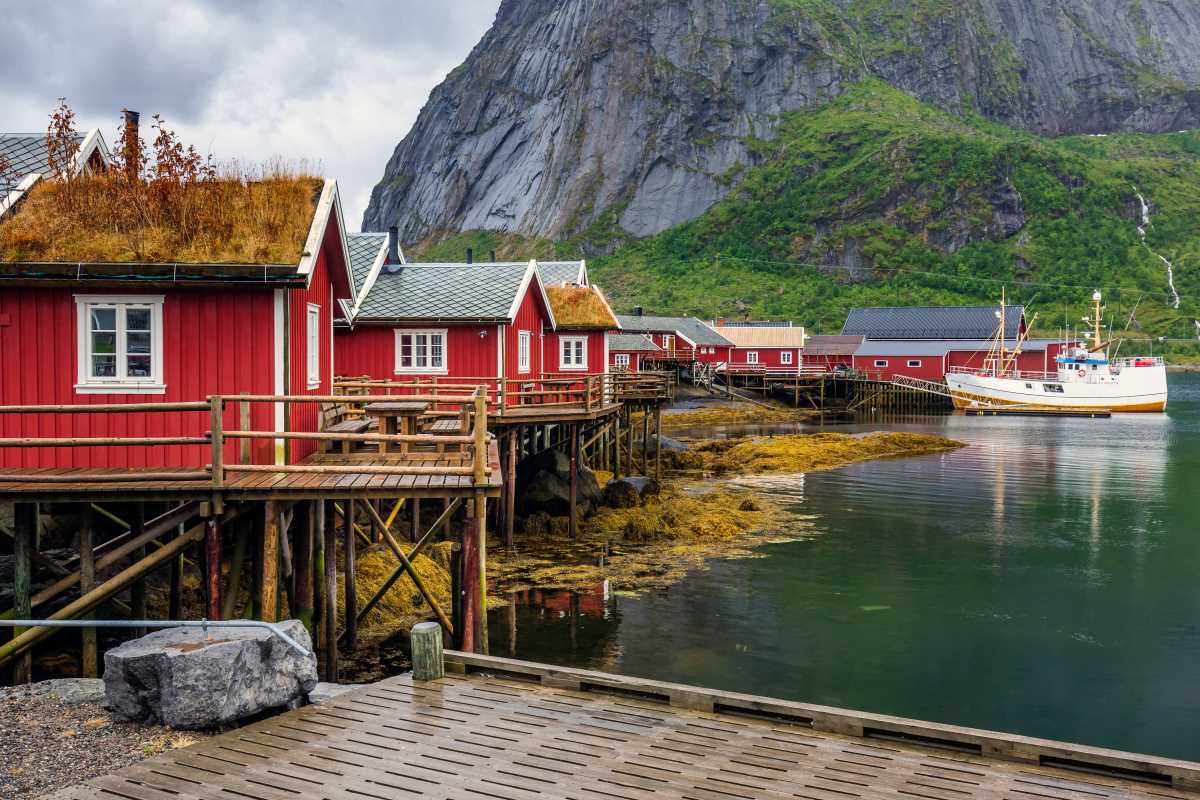Imagine gliding above a dense rainforest canopy, watching vividly colored tropical birds flit from tree to tree. Or perhaps, soaring over the vast savannah, observing a herd of elephants in motion, all without disturbing their habitat. This isn’t just a dream for adventurers and nature lovers anymore. Thanks to wildlife drone tours, these breathtaking experiences are now a reality, all while contributing to the preservation of our planet's wild spaces.
Wildlife drone tours are not just reshaping how we explore nature but are also playing a critical role in conservation efforts. Combining cutting-edge technology with a love for the natural world, this innovation offers a new way to observe, protect, and fund safeguards for Earth’s diverse ecosystems.
How Drones Are Redefining Wildlife Exploration
Traditional methods of wildlife observation can be intrusive. From noisy vehicles disrupting animal behavior to massive tourist crowds taxing delicate ecosystems, the impact of human presence is often more harmful than we realize. Wildlife drone tours offer a fresh alternative.
These tours involve using drones equipped with high-resolution cameras to capture live or pre-recorded footage of animals in their natural habitats. The drones can hover quietly at a safe distance, capturing intimate moments from a perspective once impossible to achieve. Not only does this reduce the need for human interference, but it also minimizes our ecological footprint.
The Conservation Benefits of Drone Technology
Non-Intrusive Wildlife Observations
One of the most significant advantages of drones is their ability to observe without disturbing. Unlike traditional safari tours or research expeditions that may inadvertently scare or stress animals, drones can operate at a distance. This allows creatures to go about their lives undisturbed, offering a more authentic glimpse into their behaviors and habits.
Monitoring Populations and Habitats
Conservationists are now using drones to monitor wildlife populations and their habitats effectively. For example, drones can track migrations, spot poachers, and assess habitat health. This ability to collect data from hard-to-reach areas allows researchers to gather insights without placing themselves or the animals at risk.
Reducing Footprints, Both Physical and Carbon
Wildlife tourism, while essential for raising awareness and funding conservation, can sometimes take a toll on ecosystems. Large-scale operations require transportation, accommodations, and other resources, which contribute to habitat degradation. Drone tours provide an eco-friendlier alternative. They allow people to experience wildlife with minimal physical interference, and in some cases, even offer virtual options that eliminate travel-related emissions altogether.
Funding Conservation Efforts Through Eco-Tourism
Many organizations running drone tours pour their profits back into conservation initiatives. Whether it’s funding anti-poaching efforts, rehabilitating land, or supporting community education programs, drone tours provide a sustainable way to protect nature while still engaging public interest.
Real-World Examples of Drones in Action
Worldwide, the utility of drones in wildlife exploration and conservation is becoming increasingly apparent. Here are just a few examples of where this technology is making waves:
- African Savannas: Drones are used extensively in anti-poaching initiatives. High-resolution cameras monitor large reserves for suspicious activity, protecting species like elephants and rhinos. Tourists can also enjoy aerial views of zebras, lions, and giraffes without overcrowding the ground-based tours.
- Brazil’s Amazon Rainforest: Conservationists deploy drones to track deforestation and study animal populations in one of the world’s most sensitive ecosystems. Tour operators are now using drones to offer glimpses of jaguars, monkeys, and macaws, bringing the beauty of the forest to eco-conscious travelers safely.
- The Arctic Region: Drone tours are shedding light on some of the planet’s most elusive creatures like polar bears and walruses. These flights allow tourists and researchers to observe how climate change is impacting their icy habitats, all without putting stress on the animals.
- Oceans and Coral Reefs: Marine tours are leveraging waterproof drones to survey sea turtles, dolphins, and whale migrations. These tours support underwater conservation while showcasing the incredible biodiversity of the ocean.
Technology That Powers Wildlife Drone Tours
The technology behind wildlife drone tours is as fascinating as the animals they capture. Modern drones are equipped with features designed for precision, safety, and minimal environmental disruption:
- High-Resolution Cameras: Drones can capture stunning, up-close visuals in 4K or even 8K quality, ensuring breathtaking views for observers.
- Thermal Imaging: This is invaluable for conservationists tracking nocturnal species or monitoring environmental conditions like wildfires.
- AI and Machine Learning: Smart drones analyze footage autonomously, identifying species, counting populations, and detecting threats in real-time.
- Silent or Low-Noise Propulsion: To ensure minimal disturbance, many wildlife drone models are designed to fly nearly soundlessly.
- Live Streaming Capabilities: For those unable to join tours in person, drones can broadcast live footage for virtual tours, making wildlife experiences accessible to people around the world.
The Future of Wildlife Drone Tours
The impact of wildlife drone tours is only just beginning. With advancements in technology, these tours are set to become even more immersive and impactful. We can expect wider adoption of AI-powered drones that make conservation monitoring more efficient. Virtual reality may take drone footage to the next level, giving users an interactive experience of wildlife without leaving their homes. And as more organizations adopt these eco-friendly practices, tourism dollars will continue to flow into conservation efforts.
Importantly, wildlife drone tours serve as a crucial educational tool. By showing people the beauty of the natural world in a way that feels up-close and personal, they have the potential to spark a deeper connection to conservation. Enthusiastic travelers may become advocates for protecting the habitats they’ve explored through the eye of a drone.
A New Era for Exploration and Protection
Wildlife drone tours symbolize the intersection of innovation and responsibility. They represent an exciting era where the desire for adventure doesn’t have to compromise the health of our planet. By offering stunning, non-intrusive ways to explore and protect the natural world, these tours allow us to experience wildlife in a way that places their well-being first.
For conservationists, nature enthusiasts, and eco-tourists alike, drones are more than just a new gadget. They’re a new lens through which we can view, understand, and safeguard the Earth’s biodiversity for generations to come. With wildlife drone tours, every flight is a step closer to a better future for our planet.


.jpg)




